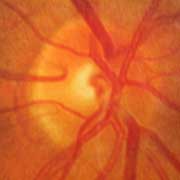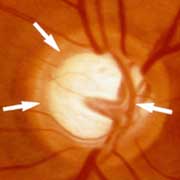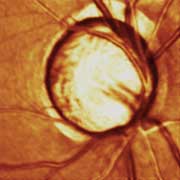
Glaucoma Evaluation and Treatment
What is glaucoma?
Glaucoma is a disease in which the pressure within the eyeball is too high, causing damage to the optic nerve. The optic nerve is the cable which carries vision from the eye to the brain. As the elevated pressure damages the optic nerve, loss of peripheral, then central vision occurs.
Can I feel the increased pressure in my eye if I have glaucoma?
No. You cannot feel the pressure, and it is unrelated to blood pressure.
Can I have glaucoma if I have good eyesight?
Yes. People typically do not notice any loss of vision from glaucoma until it is too late. Once the vision is lost, it is lost for good.
How is glaucoma diagnosed?
The diagnosis of glaucoma is typically based on three things: 1) eye pressure 2) the appearance of the optic nerve, and 3) a visual field (peripheral vision test).
Who is at risk for glaucoma?
Glaucoma can occur at any age, but it is usually seen in individuals over 40 years old. The older you are, the greater the risk for glaucoma. The condition often runs in families. African-Americans are also at a greater risk for glaucoma; glaucoma is the leading cause of blindness in African-Americans in this country.
How is glaucoma treated?
There are many successful ways to treat glaucoma. Eye drops are typically used first. If these fail, then laser treatment and/or surgery may be necessary. Again, if caught early and with proper treatment, vision can be saved.
The optic nerve seen as it exits the back of the eye. The paler central area is known as the “cup” of the optic nerve. As glaucoma damage to the optic nerve occurs, the cup enlarges and vision is lost.
For more information about glaucoma, go to www.nei.nih.gov/health/glaucoma/glaucoma_facts.htm.


